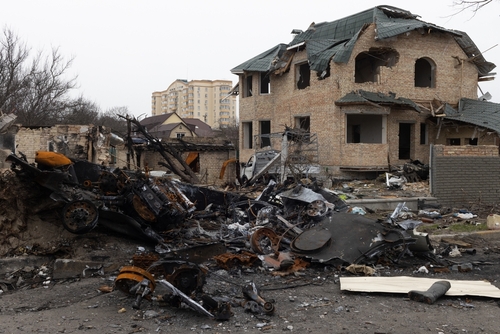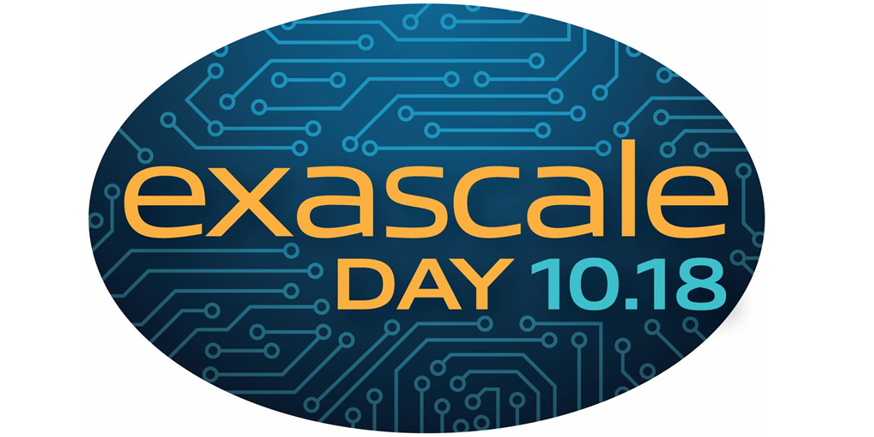
Bucha
When war crimes are committed on a large enough scale, there’s too much evidence for retreating armies that committed them to hide. The Nazis left evidence of the Holocaust wherever it was an occupying force, the Russian army is doing the same thing in the cities and suburban towns they’ve been driven from by the Ukrainian army.
Now investigators in Ukraine are engaged in the grim task of gathering evidence for possible war crime trials of Russian soldiers. For that, the investigators are aided by advanced machine learning technology, including facial recognition, geospatial data analytics, image analysis and analysis of streaming video from security cameras.
A story in today’s Wall Street Journal focuses on investigations in the Kyiv suburb of Bucha, a town that has become a byword for the brutality of the Russian army in Ukraine. The story focuses on the work of a district chief prosecutor, whose “goal is to identify the perpetrator of each assault, rape and killing allegedly committed during the Russian occupation. More than 400 bodies were recovered from the town’s streets, cellars and hastily dug holes, some bearing signs of torture, local authorities said, others killed by snipers’ bullets while foraging for food.”
Approximately 1,000 people in all are investigating alleged crimes in Bucha, and they’re using techniques similar to those used by brick-and-mortar retailers to gather and analyze data to understand consumer behavior and to recognize individual, repeat customers.
“Investigators from prosecutors’ offices, the security services and the Justice Ministry are reviewing security-camera videos and using facial-recognition software and other high-tech forensic methods combined with lots of shoe-leather detective work in the towns once held by Russian soldiers…,” the Journal’s Brett Forrest reported. They have “…logged each item, adding to their growing knowledge of who was stationed here. The carnage in Bucha, Mr. Kravchenko (a Ukrainian prosecutor) said, was indicative of Russian behavior nationwide. ‘This case proves the whole scale of all crimes,’ he said.”
The investigations include using data to track the movements and actions of the Russian army.
“The security services are supplying Mr. Kravchenko with information about which Russian units and troops were stationed in Bucha or passed through it in March. Using satellite images, Mr. Kravchenko and his colleagues are piecing together when and where bodies fell…,” the Journal reported. “A group of data specialists is downloading still and moving images from social-media accounts to match Russian faces to alleged crimes. Mr. Kravchenko and his group of 28 investigators have been knocking on doors in Bucha and showing these pictures, a virtual lineup, to witnesses.”
In addition, video clip metadata from cameras in Bucha is being used to make sure the evidence can be used in an international war crimes tribunal.
The Journal also reported that on Monday drones flew over Bucha piloted by investigators “creating a digital map of the town onto which they can place locations and details of alleged crimes.”
The investigators are already showing results from their work.
The Journal reported that an image on Kravchenko’s phone “from social media showed a young man smiling in a Russian military uniform and beret. ‘We have evidence that this man was involved in a double murder of two brothers,’ Mr. Kravchenko said. ‘We already know his name and have photos. Plus, our witnesses identified him.’ Mr. Kravchenko scrolled further to an array of pictures of a different young man with sandy hair, who was shirtless and smiling, flexing in the sunshine. ‘He killed four people,’ Mr. Kravchenko said. “There is a video.’”



